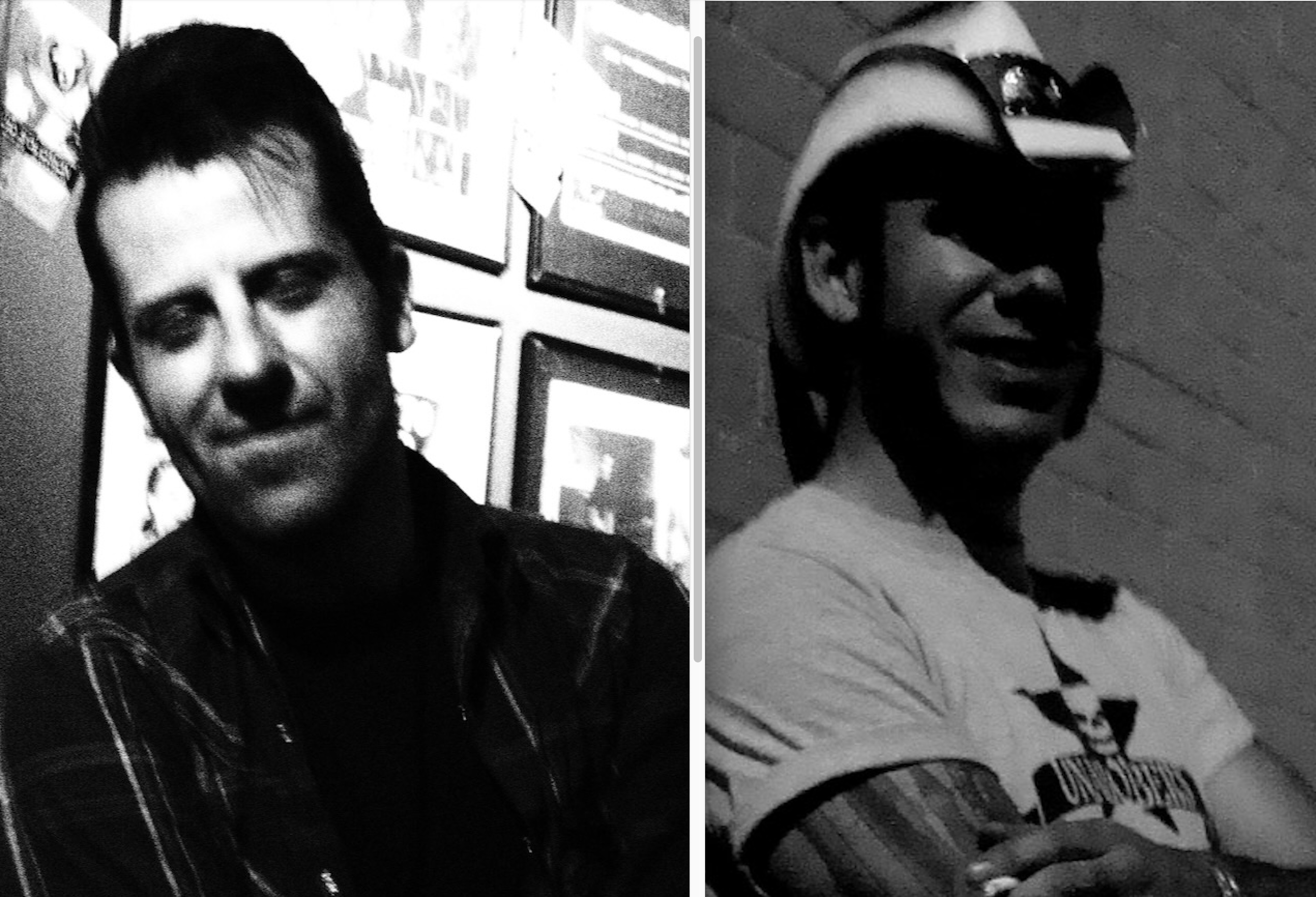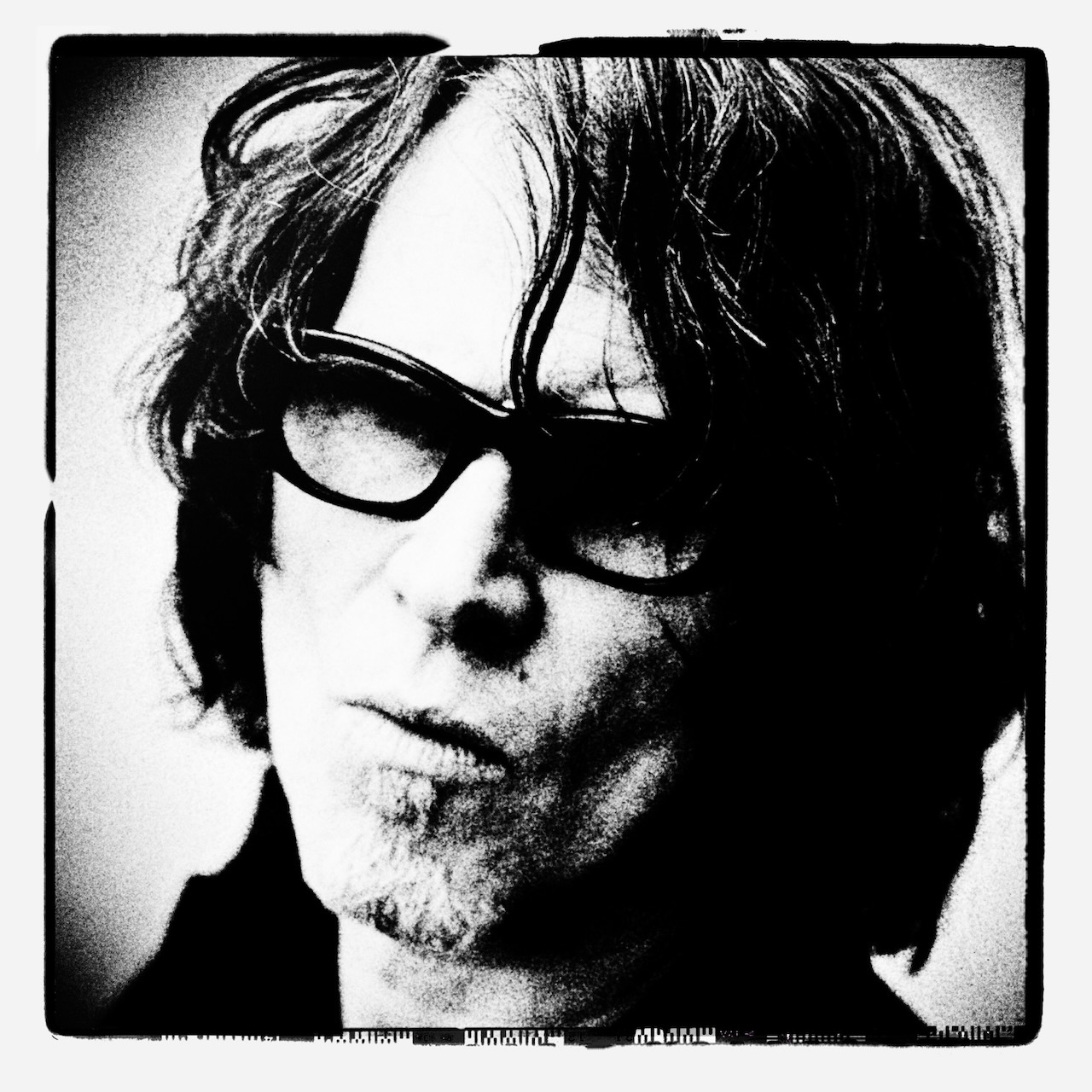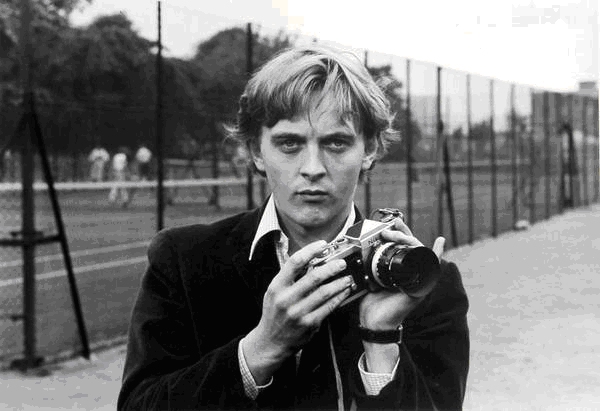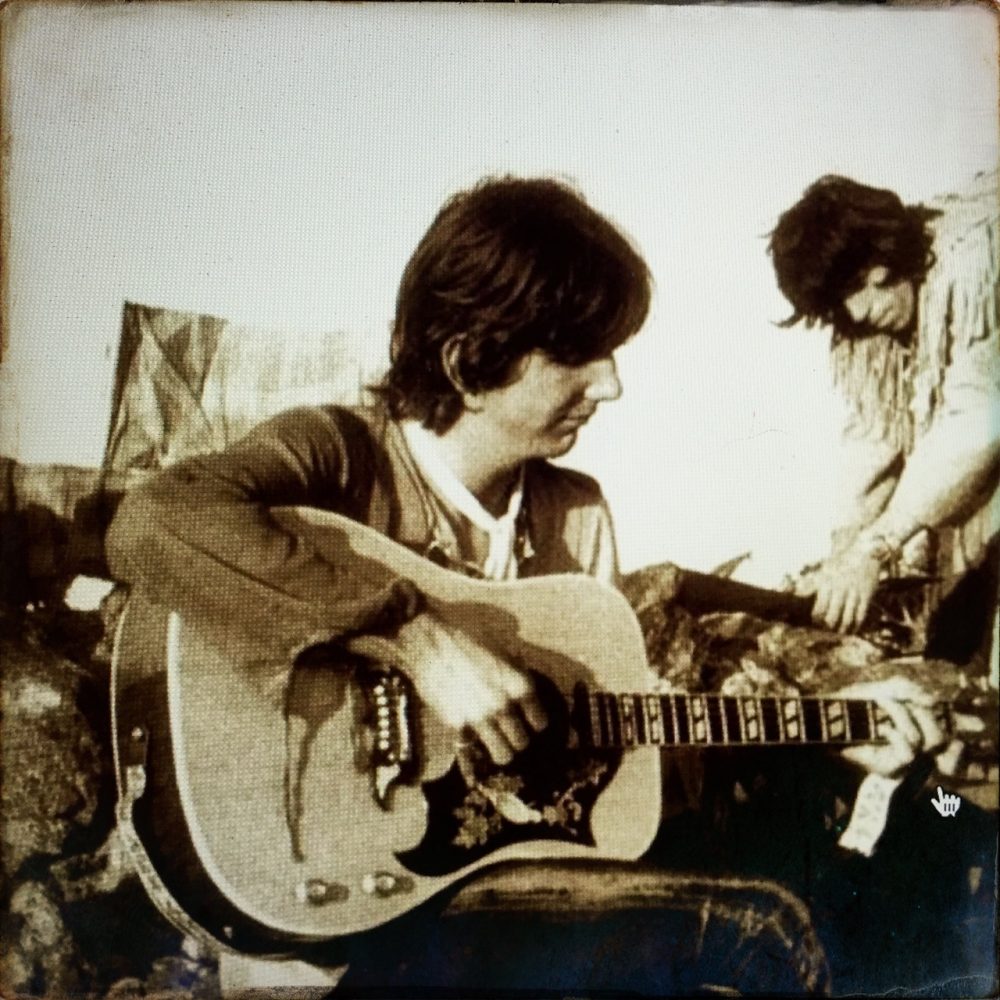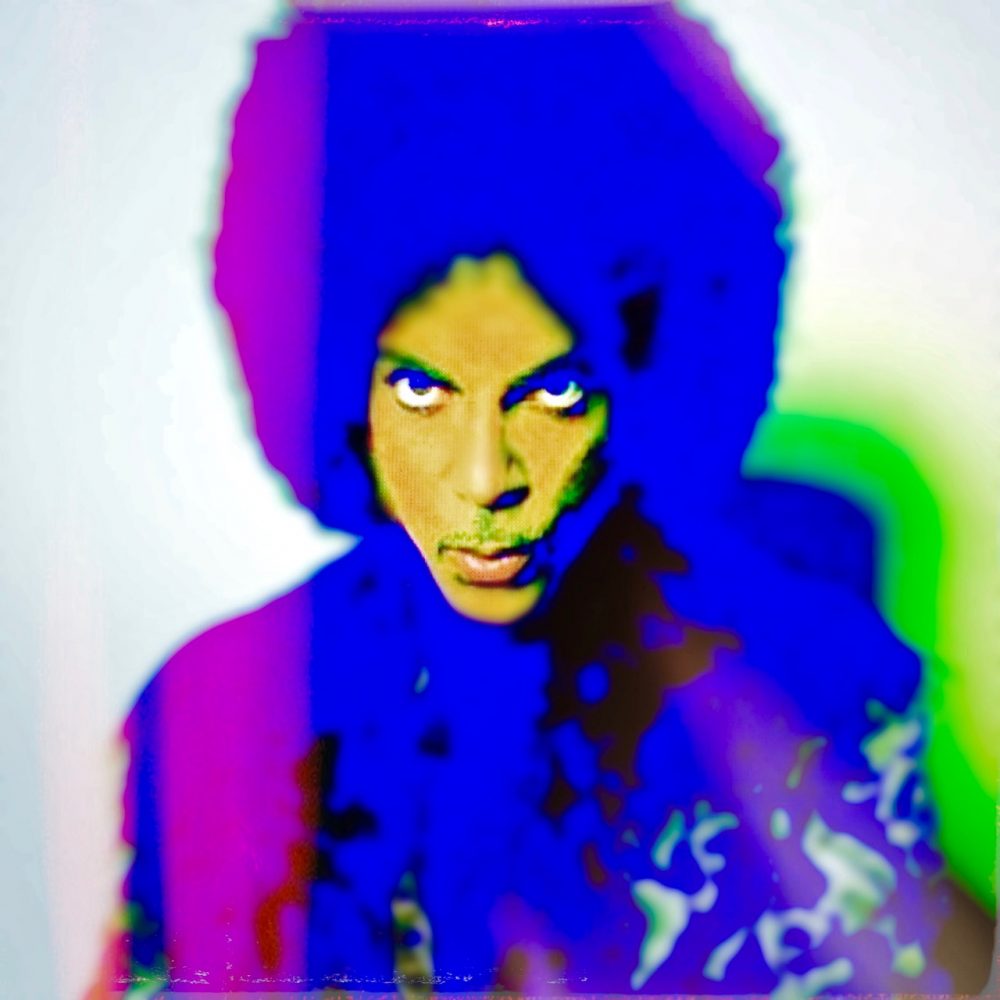01/06/2025
Matador Playlist 1/2/25
Happy New Year, Gentle Reader(s), and welcome to the first Matador Playlist of 2025. Rather extraordinary to consider that I have now been manning the DJ booth at Ye Olde Matador Bar & Lounge off and on for 18—count ‘em, EIGHTEEN—years! Boggles the old brainpan a bit, does it not? Of course that hasn’t been 18 continuous years as there has been a couple of flies in the ointment along the way (that global pandemic thing, which you might recall, and a significant health glitch or two), but Cesar and Francisco and myself have never strayed far from one another and we remain committed as amigos, compatriots in business, music and even in film. Amazing.

